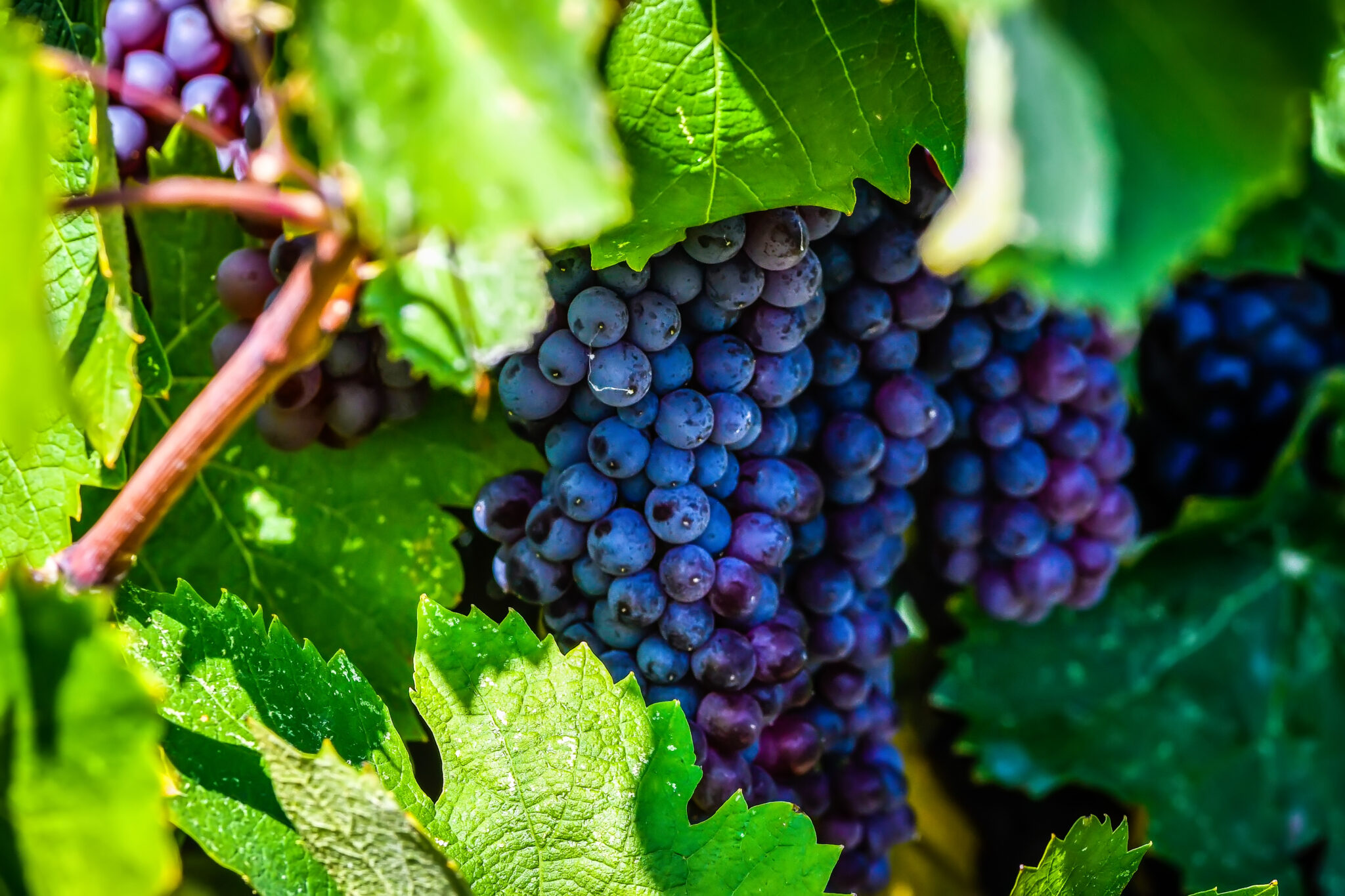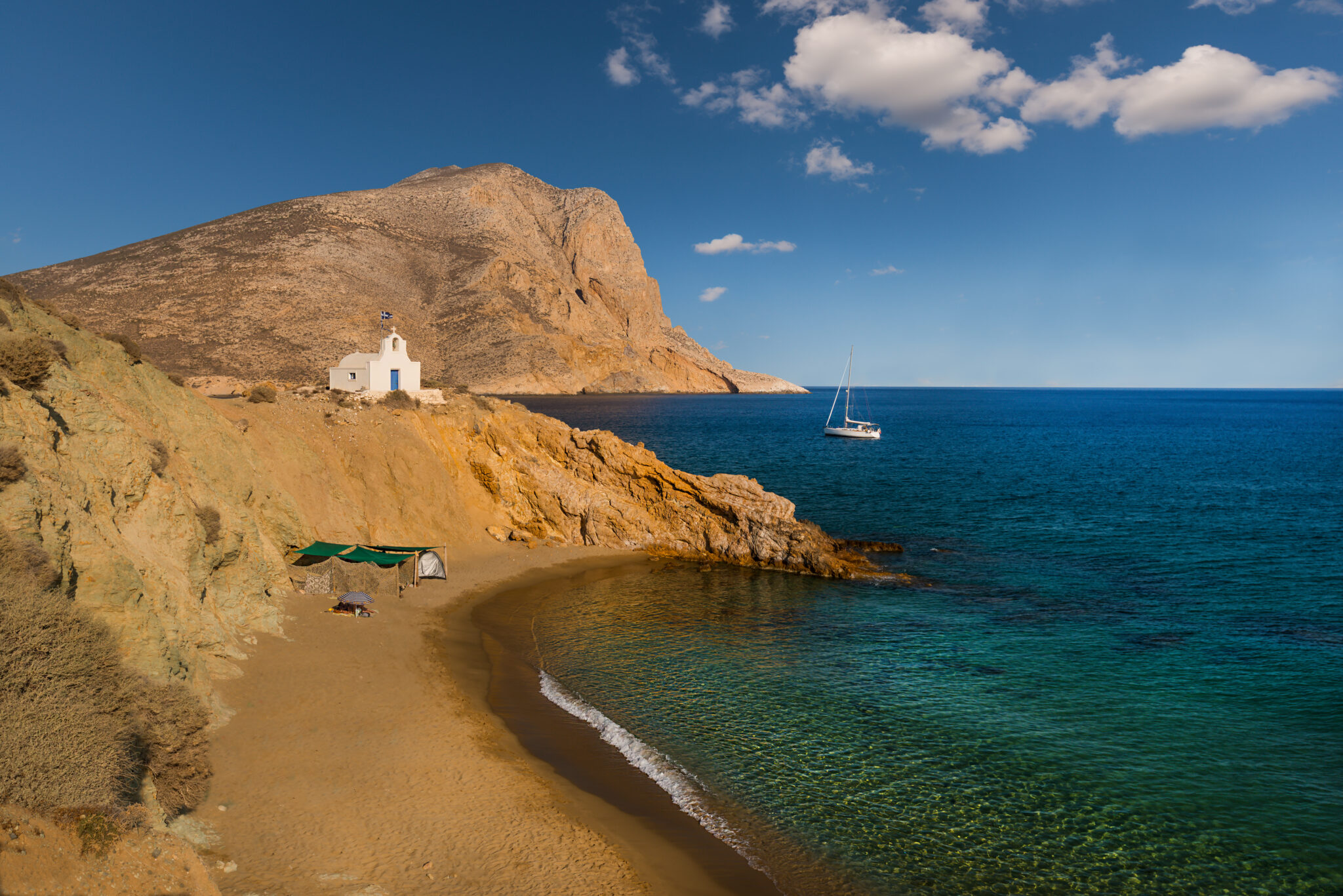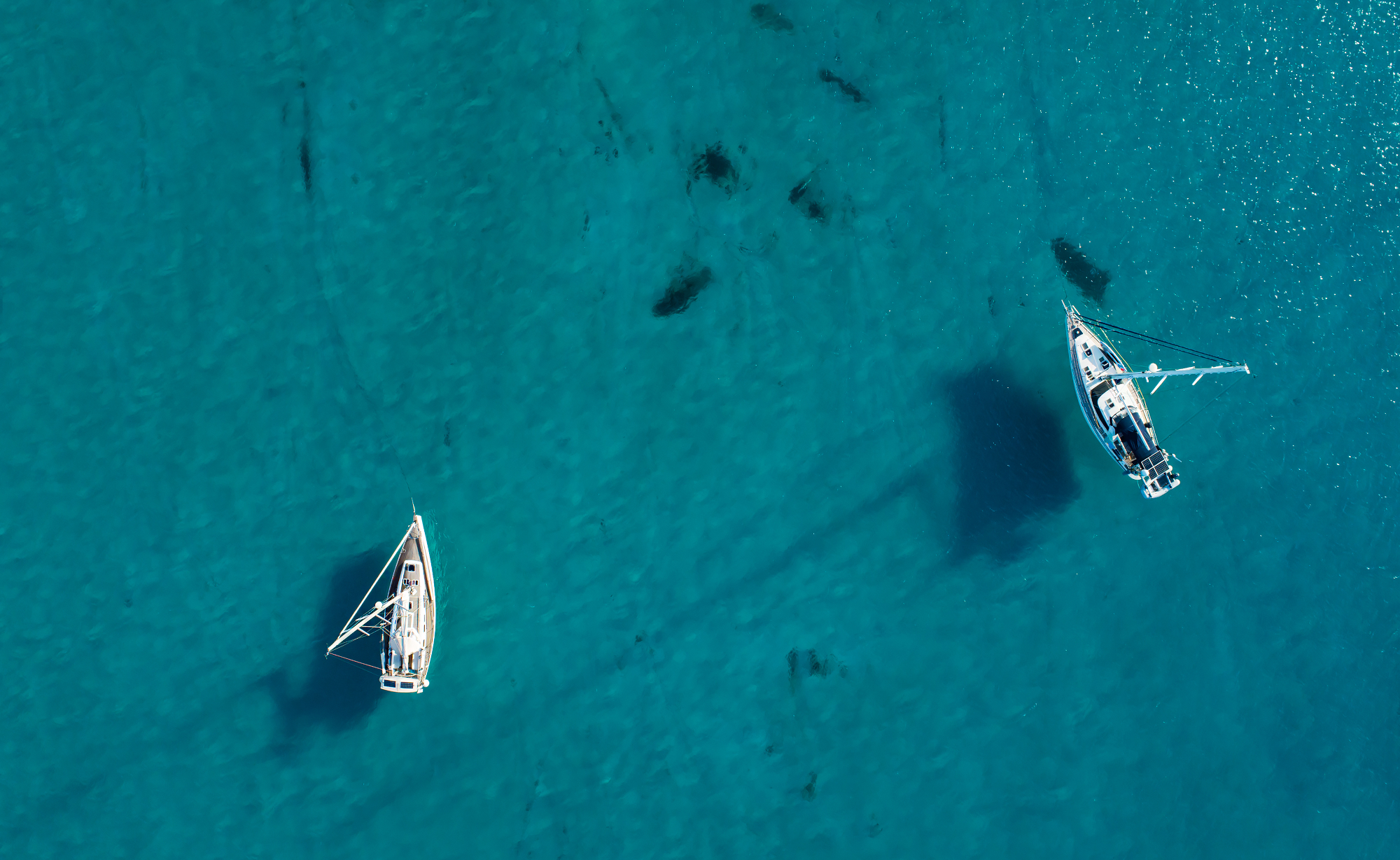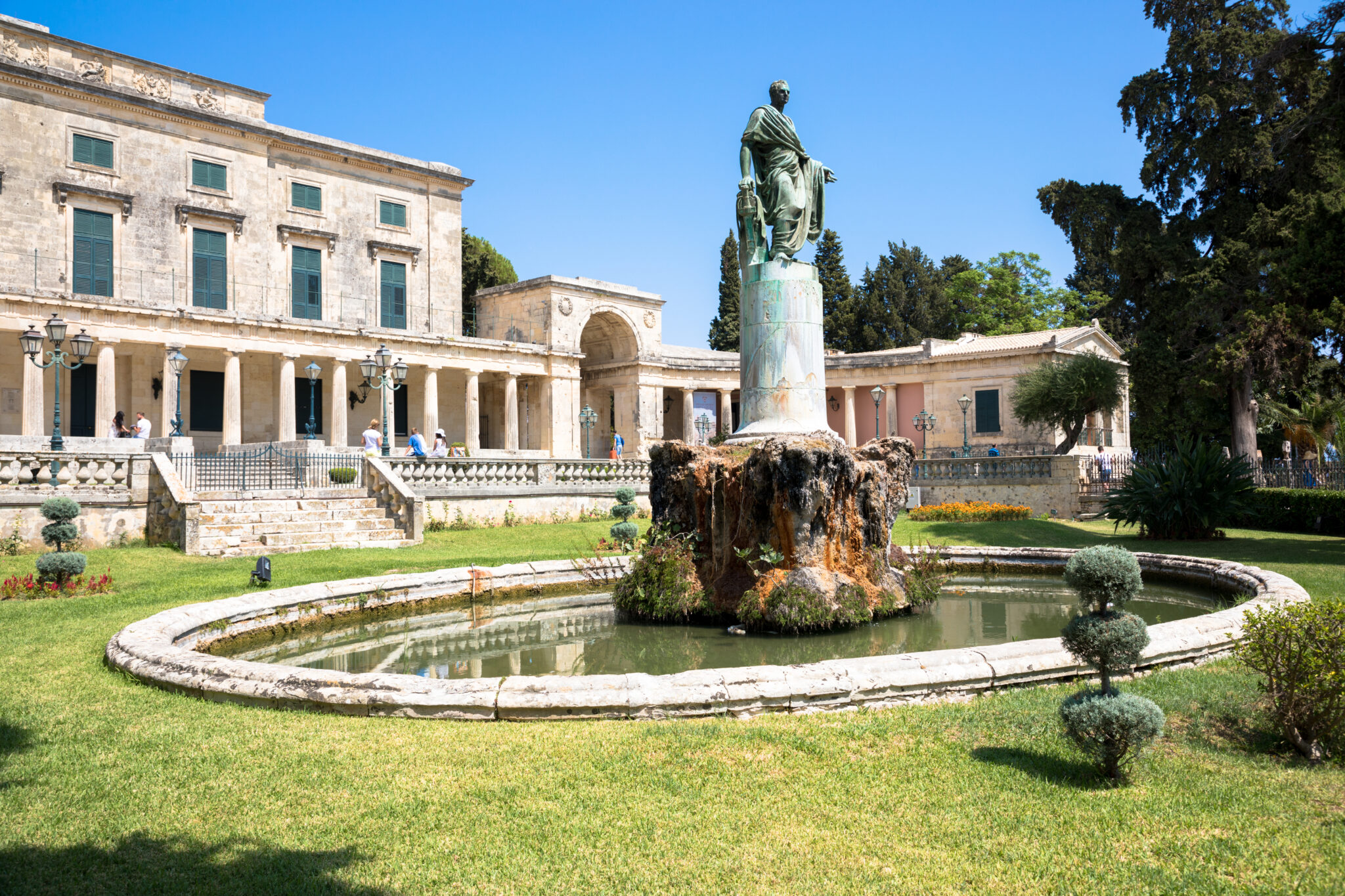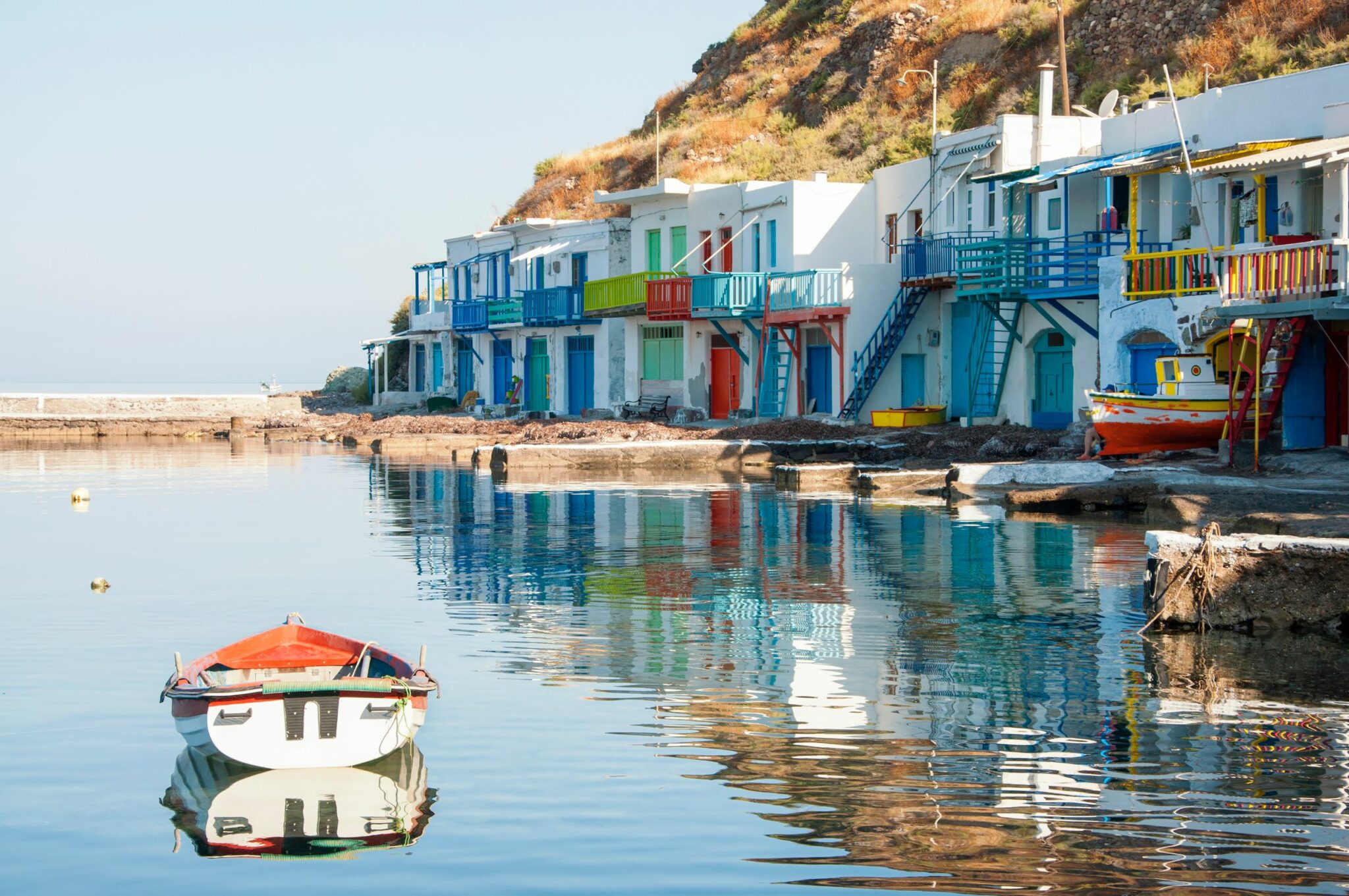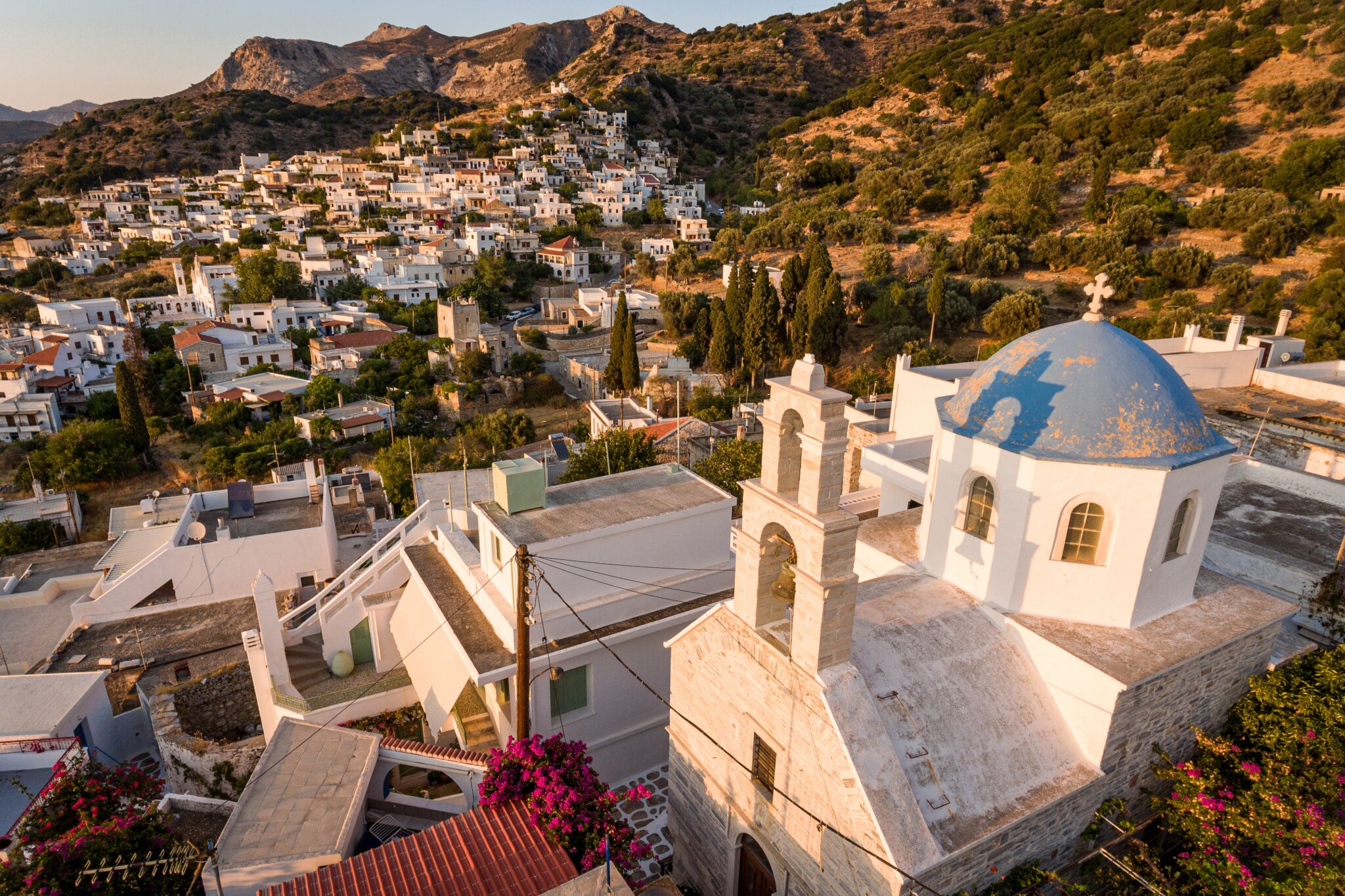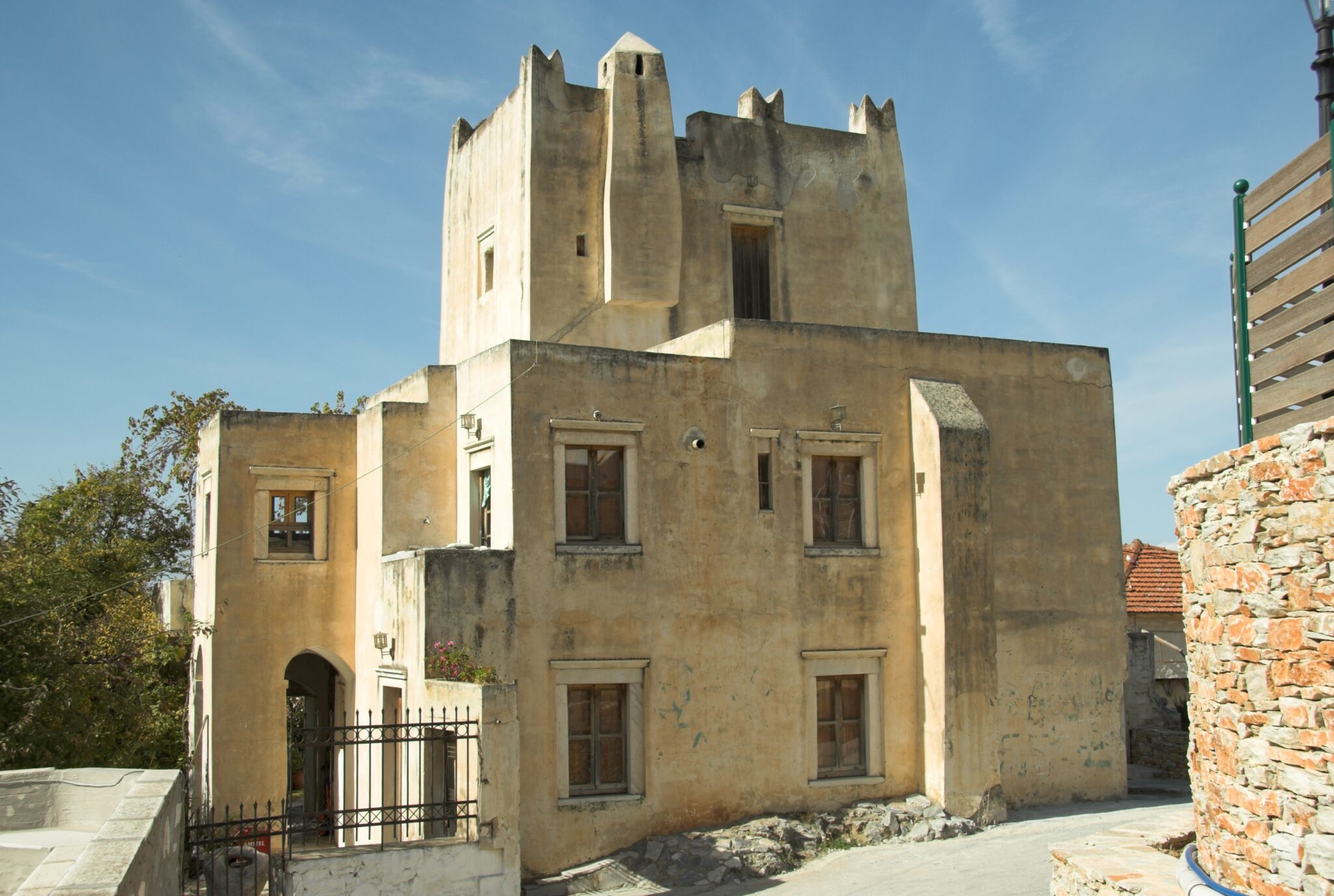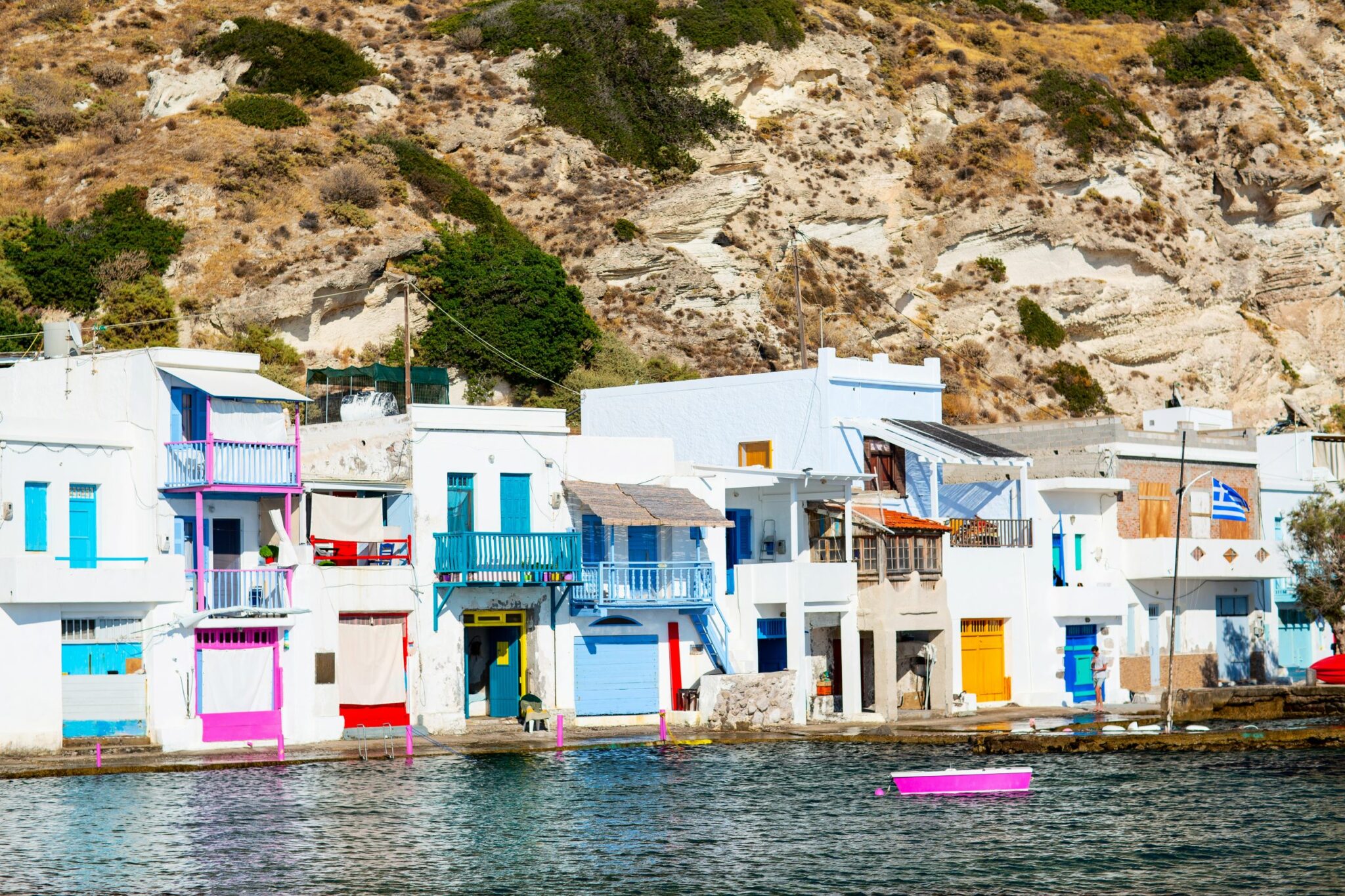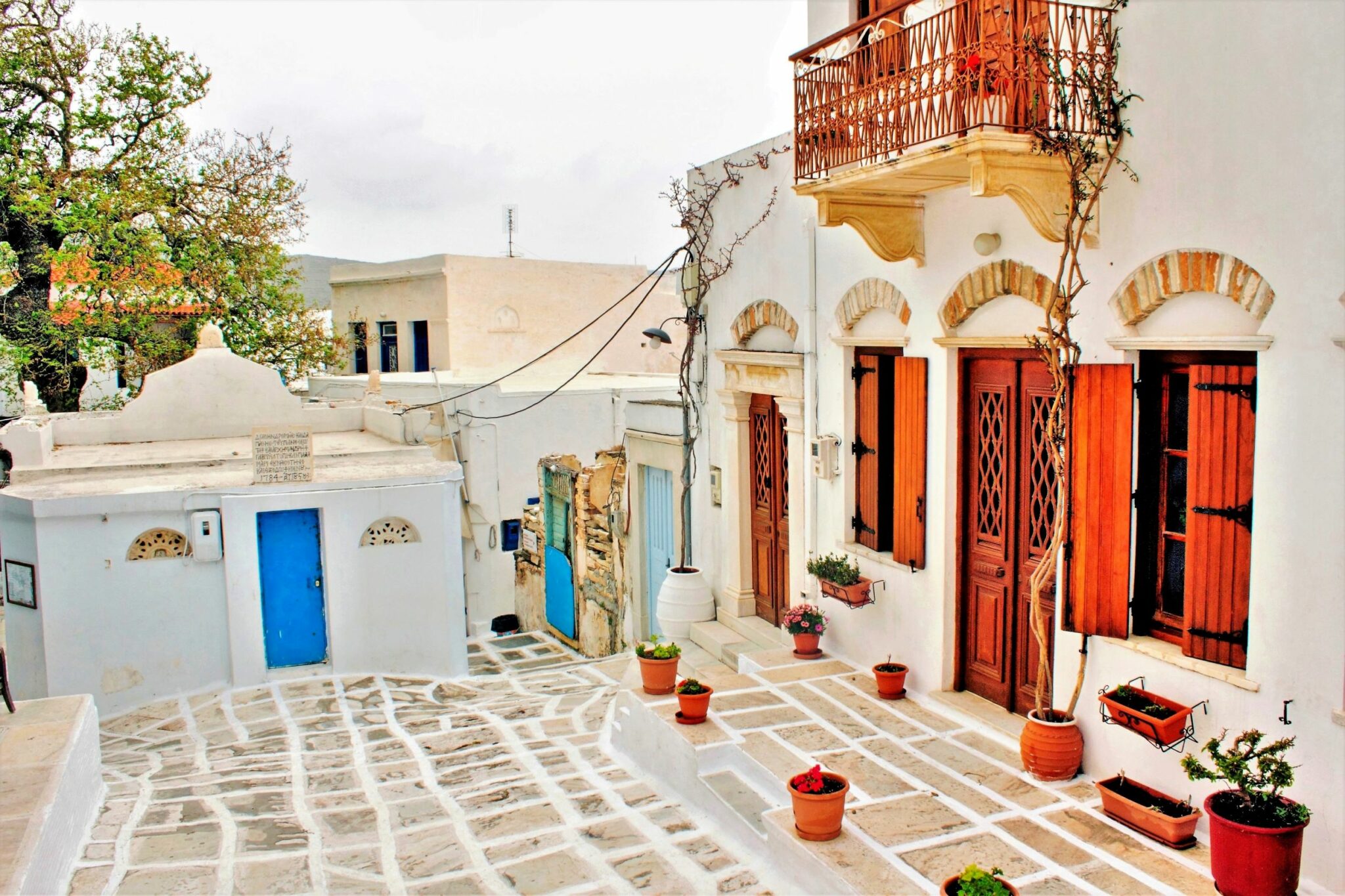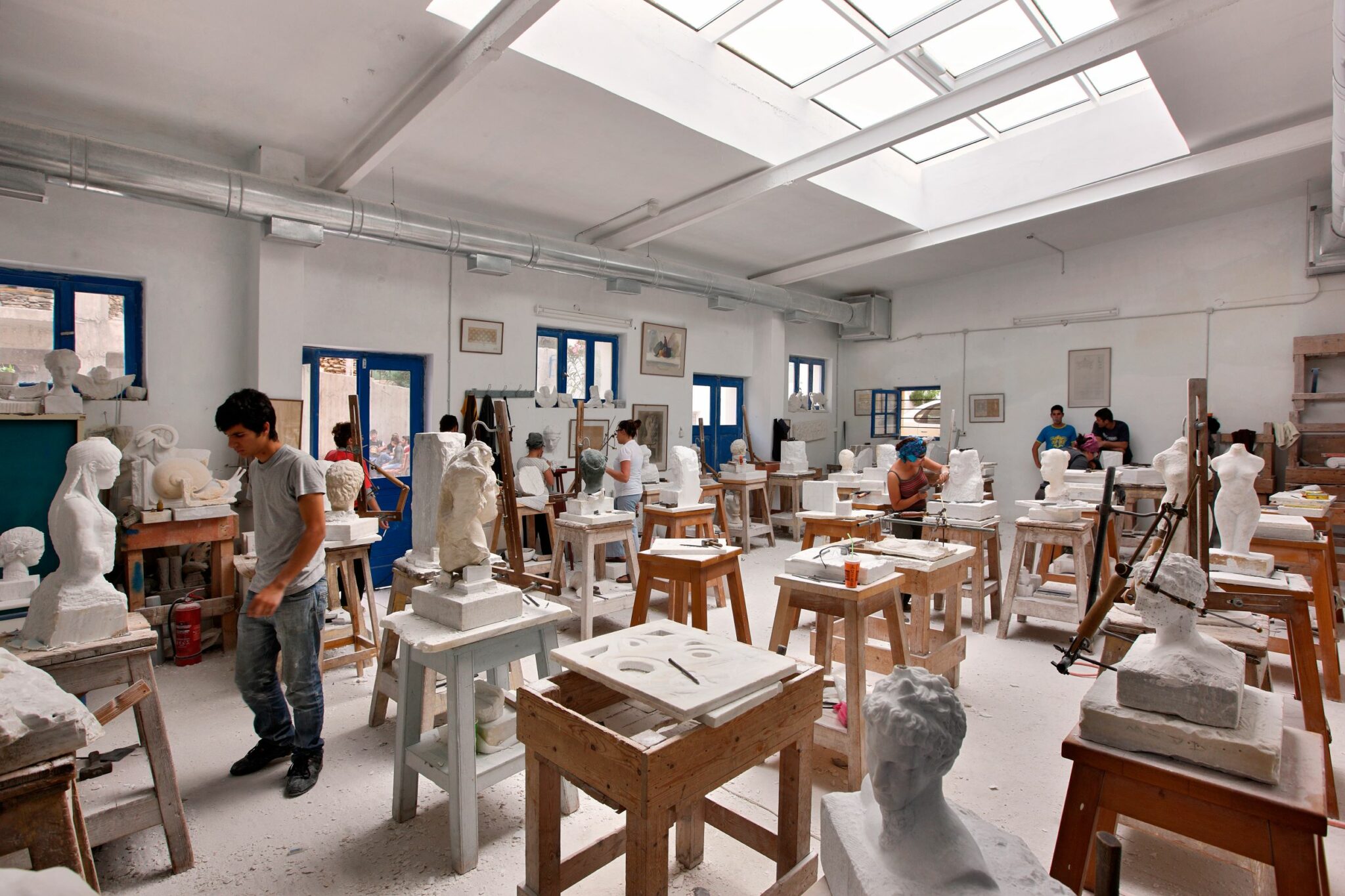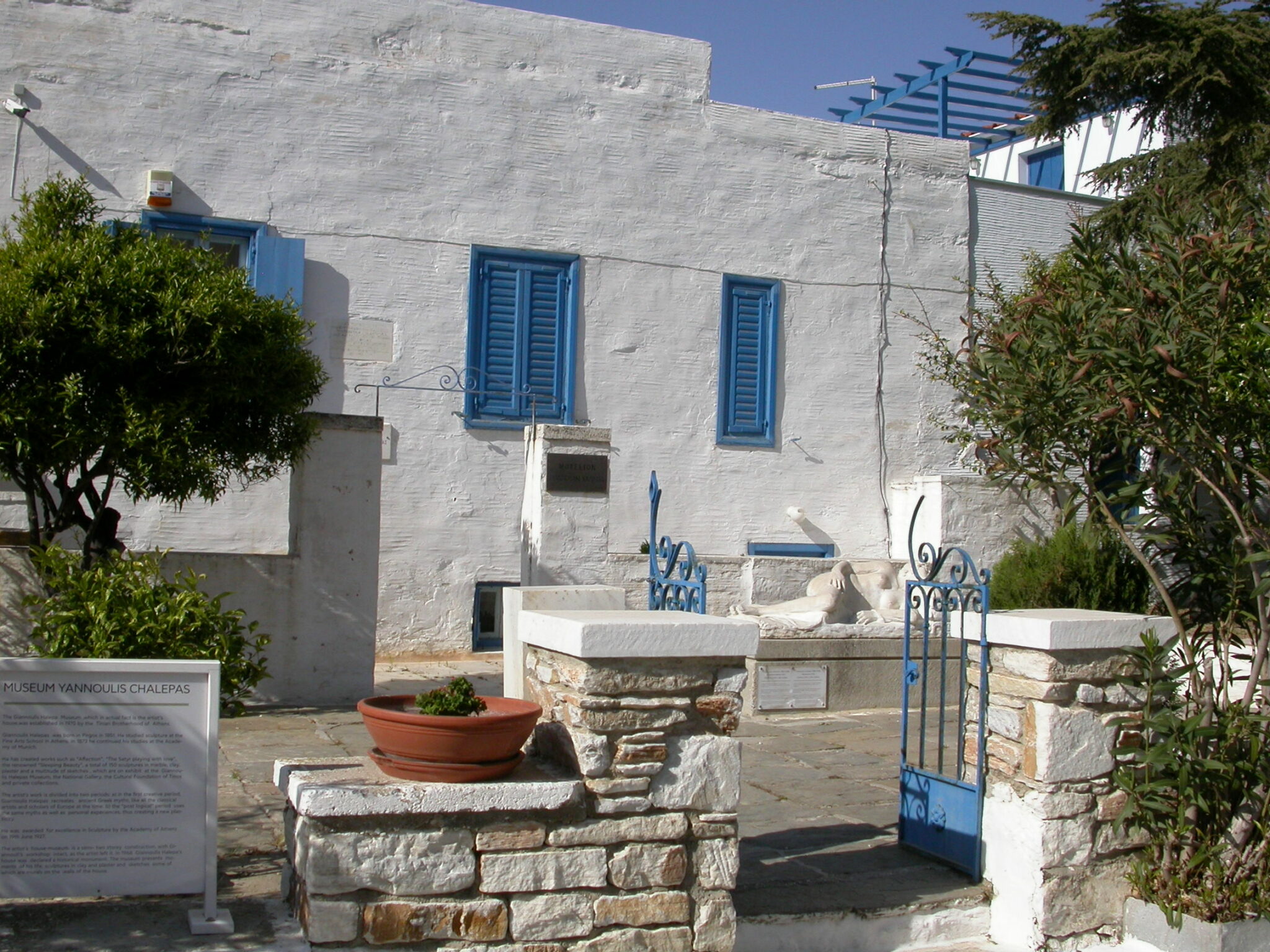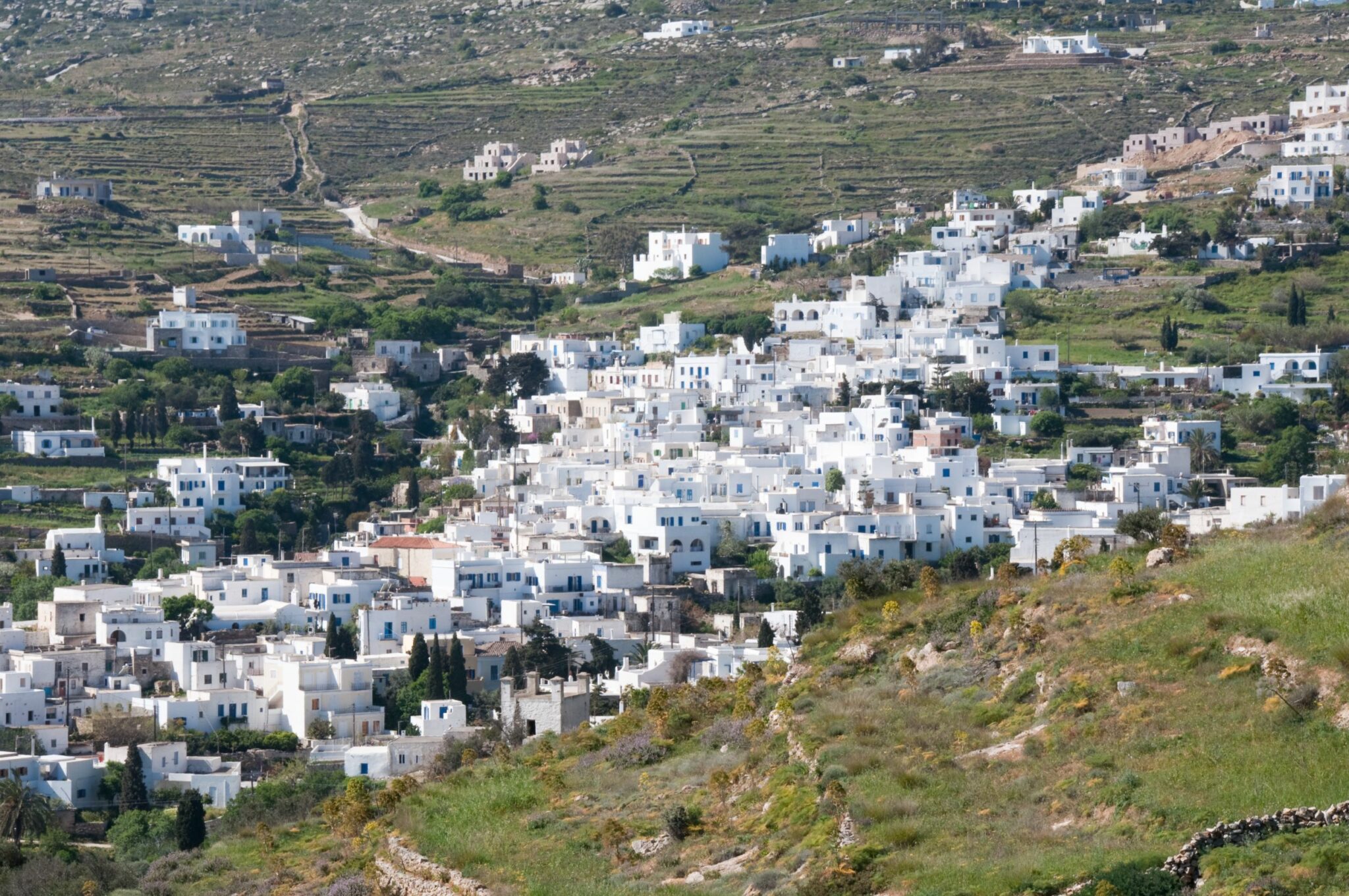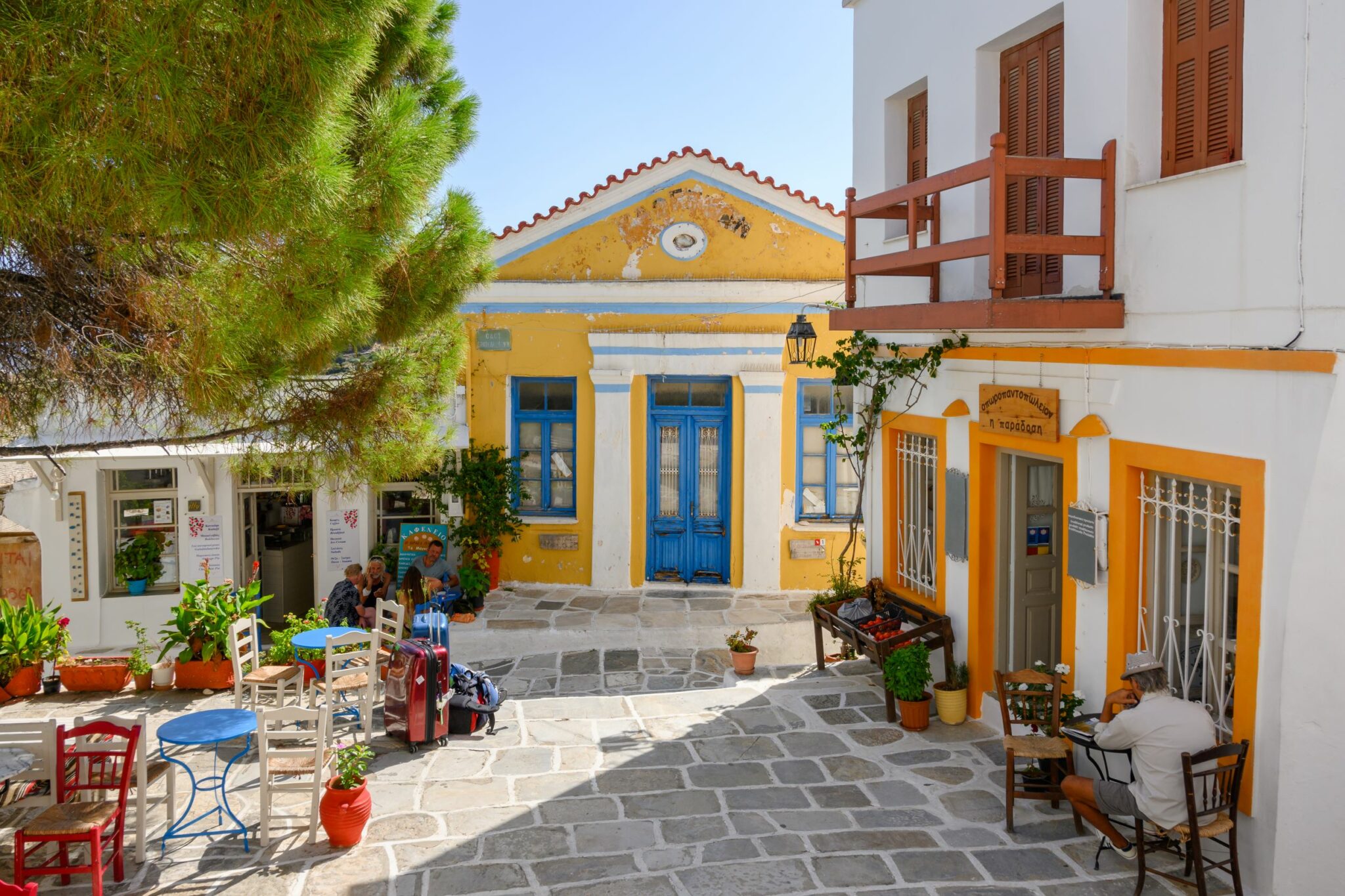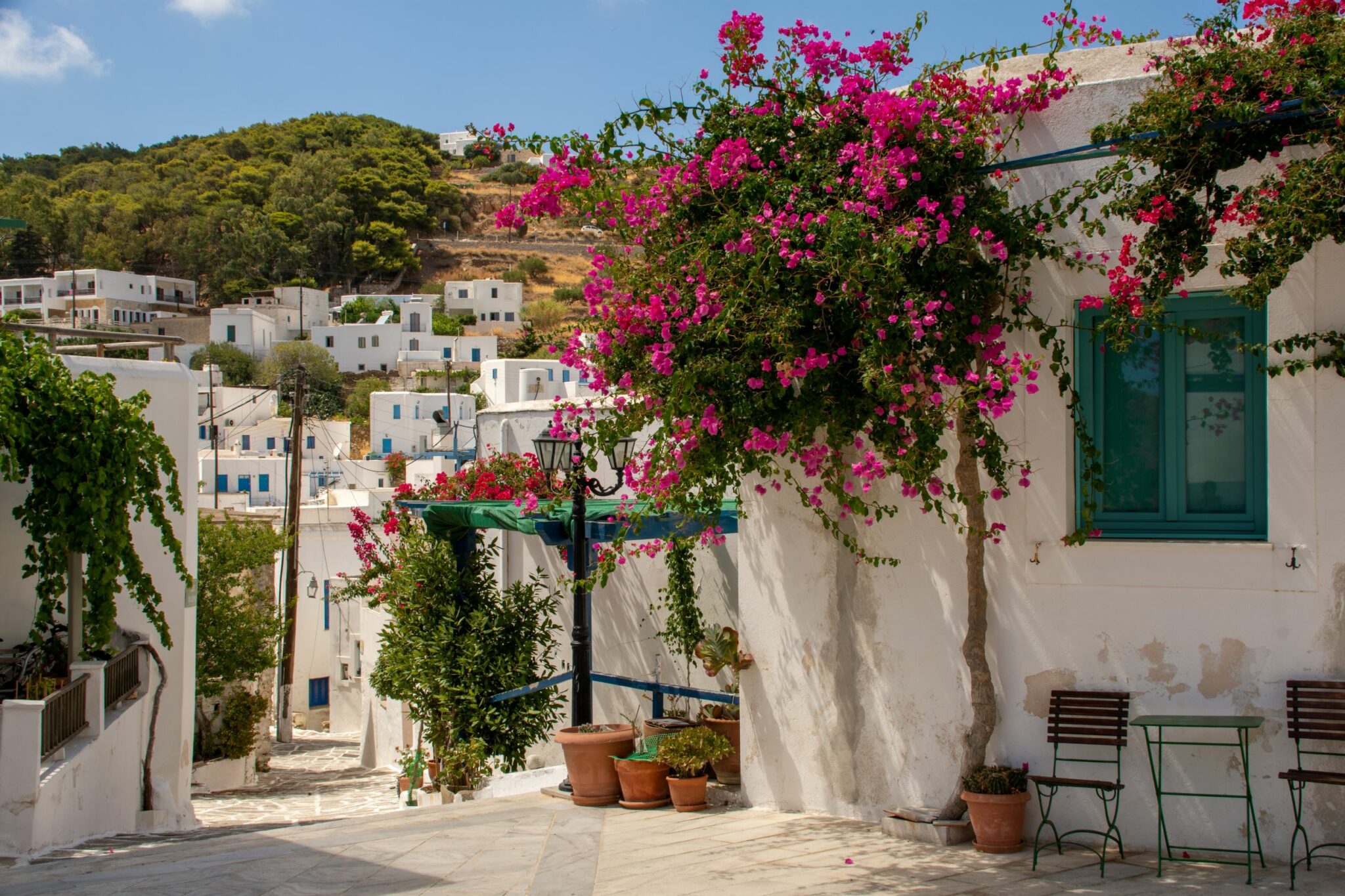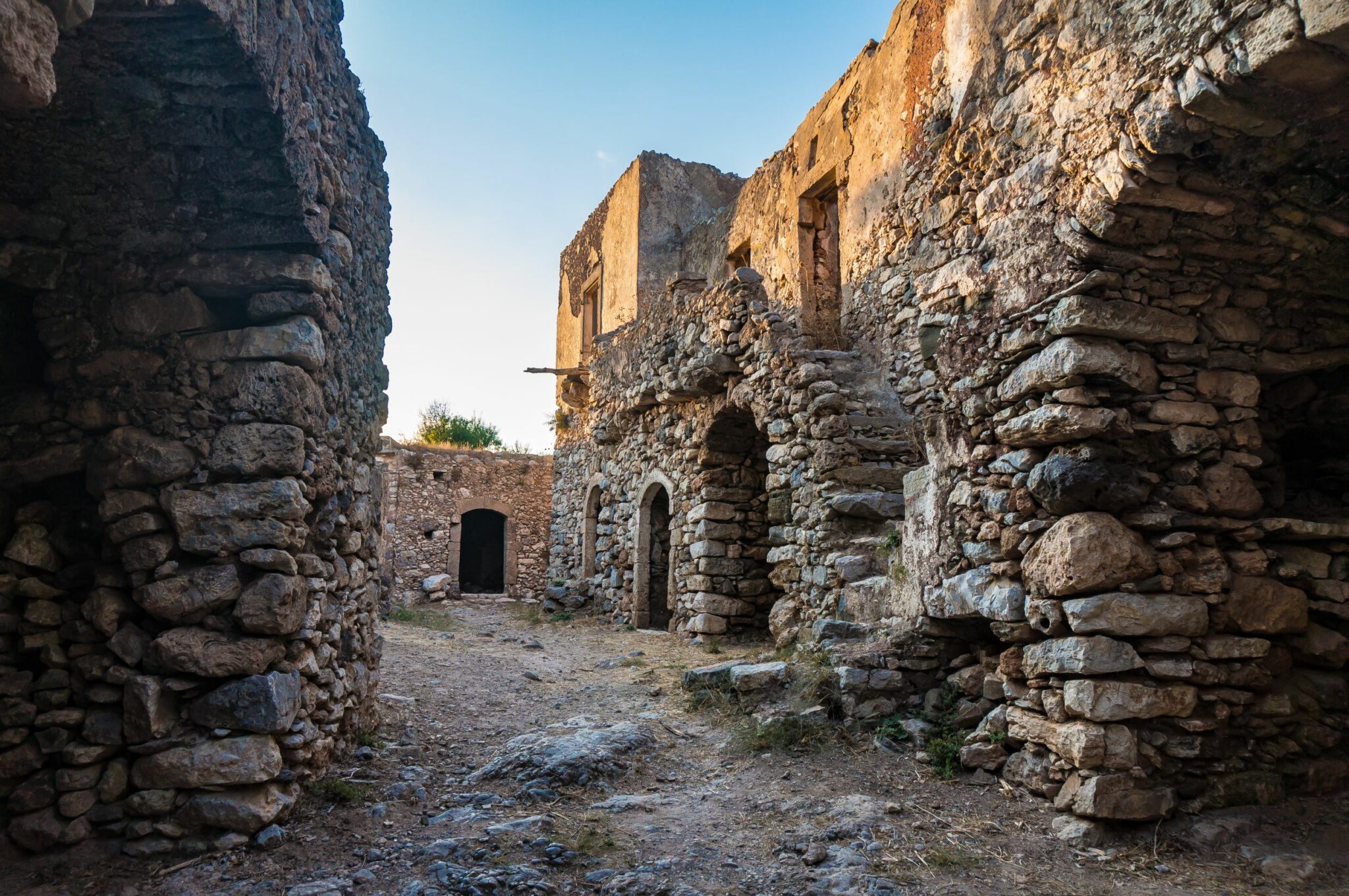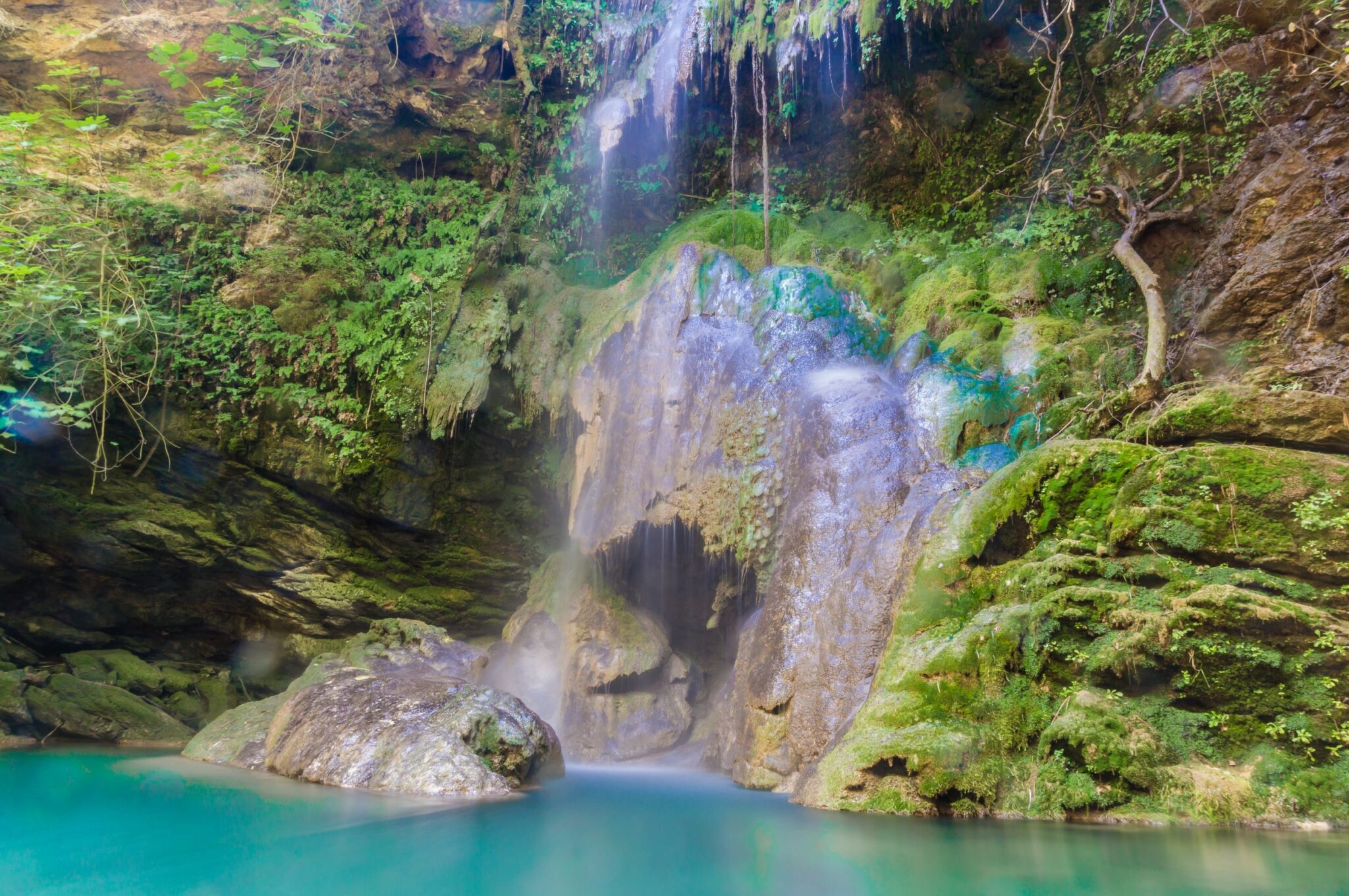The Greek islands are world-renowned for their unique beaches, architecture and gastronomy, celebrated main towns also contributing to their popularity. However, the special beauty possessed by island villages, often combining natural beauty, picturesque ports with a local ambience, impressive architecture and artisanal handicraft, also deserves attention.
We present seven of the loveliest island villages in a list that is purely indicative and could otherwise host numerous such destinations around Greece.
Filoti, Naxos
The villages of Naxos’ mountain range are renowned for their architecture as well as a rich tradition in agricultural and livestock farming products. We singled out Filoti as it has all of these, and a whole lot more. The village, situated 400 metres above sea level and with a population of 1800, is the island’s second-biggest, following Hora, Naxos’ main town. Filoti remains an active village throughout the year. It is divided into two districts, Rahidi and Klefaro. Both these village sections host cafes, tavernas, shops as well as lovely buildings. The Tower of Barozzi, a 17-century structure of trademark Venetian architecture, is possibly Filoti’s best-known landmark. Examples of Venetian architecture may also be seen at other points on the island. The tower’s moderate size and lack of surrounding fortification give the impression of a tower-like mansion. The tower has been restored and is currently inhabited.
Panagia Tis Filotissas church, featuring a marble iconostasis and a large belfry, is another Filoti attraction. This church is the focal point of celebrations that take place annually on August 15, marking the Dormition of the Virgin or Assumption of Mary. (These celebrations were cancelled over the past couple of years as a result of pandemic restrictions). Visits to Filoti are made complete with a coffee or a meal at the village square, situated between the Rahidi and Klefaro districts, which is why it is referred to as Gefyra square, meaning bridge. Cheese enthusiasts should definitely buy some Naxos arseniko cheese before leaving this village.
Filoti on the map
Klima, Milos
Milos is a renowned romantic destination that lures thousands of couples each year. The dozens of wonderful beaches on the island, as well as Klima, a fishing village that is ideal for seaside strolls and picturesque settings during sunset, have contributed to this attraction. Syrmata, a row of colourful two-storey boathouses where fishermen store away their boats, at the lower level, in the winter, is the trademark feature at Klima.
The symbol of ancient Greek beauty, the Aphrodite of Milos, or Venus de Milo, a marble sculpture that is the world’s best-known art work associated with Milos, was discovered close to Klima in 1820 by a local farmer while he was cultivating his land. The sculpture is nowadays kept at Paris’ Louvre Museum. A sign with information on the expatriated sculpture stands at the Milos point of its discovery. Klima offers a lovely ambience, ideal for seaside strolls.
Klima on the map
Karya, Lefkada
Lefkada, renowned for its superb beaches, attracting visitors and luxury yachts from around the world, also features a lesser-known yet equally charming other side of mountain villages. Karya, 14 km from the island’s main town, is at a lush, elevated point filled with trees. This mountain setting can make visitors forget that they are on an island. The cooler climate is a luxury on hot summer days. Large plane trees, stone houses and picturesque mainland-like alleys are local features. Karya’s well-known traditional handwoven rugs and embroideries, created with a trademark one-handed technique, known as “Karsaniki velonia”, are also mainland-type traditions.
An embroidery school was established at the village in 1912. Handwoven creations made here have decorated the interiors of grand homes throughout Greece. Besides its rug and embroidery tradition, Karya also offers exceptional tavernas, kid goat being the local specialty. A visit to Karya promises to offer an enjoyable alternative and break from this Ionian island’s world-renowned beaches.
Karya on the map
Pyrgos, Tinos
It’s no great secret that Tinos features many wonderful villages. Pyrgos, the largest of these, is arguably the most attractive village in the entire Cyclades. This village is dressed in plenty of marble, both at anticipated spots, such as houses and the local cemetery, as well as at less expected points, including village taps and a bus stop. Pyrgos was a major artistic centre in the 18th and 19th centuries. Not surprisingly, the village is the birthplace of esteemed Greek sculptors such as Yannoulis Chalepas and Dimitris Filippotis, as well as the painter Nikiforos Lytras.
The village nowadays hosts three museums, including Chalepas’ house, as well as marble workshops, including the Pyrgos School of Fine Arts, placing emphasis on marble sculpting. Once you have seen all the village highlights, settle at the square, one of the most charming to be found on any of the Greek islands, to enjoy coffee or a glass of wine. A fish-based meal at Panormou, the village port, makes the visit here complete.
Pyrgos on the map
Hristos (Raches), Ikaria
The biggest village of Ikaria’s western side, Hristos is also the biggest village of the former Raches municipality, now revised. From a distance, Hristos appears quite normal, failing to truly impress. However, a closer look reveals superb dense greenery and stone houses, while visitors will quickly tune into the singular laid-back lifestyle maintained at this village. Most shops gradually begin opening after 8pm.
People socialise at the paved square with the big church, traditional kafeneia, tavernas and small bars. The local women’s cooperative, producing traditional sweets, is also based at the village square. Ikaria has become well known for its panigyria, all-night festivals celebrating local patron saints. Hristos is no exception. Locals and visitors are keeping their fingers crossed for the Hristos event to be staged this coming August 6 following a two-year absence as a result of pandemic restrictions.
Hristos (Raches) on the map
Lefkes, Paros
Paros’ most impressive village in not on the coast. Lefkes, once the island’s capital, has maintained its magnificence with large traditional houses, as well as wide paved streets. Some of the oldest windmills to be seen in the Cyclades are also located in Lefkes, as are many churches, including Agia Triada, the standout church. The village is filled with shops selling souvenirs and traditional handicraft. Definitely sit at one of the village cafes and enjoy the view.
Lefkes is built around a slope and, as a result, offers a variety of views, depending on the point you are at, including the Aegean Sea, neighbouring Naxos, as well as the village, itself, and its surrounding nature. Karavola, a roaming festival staged annually, every first Saturday following August 15 (Dormition of the Virgin or Assumption of Mary), is the village’s main event. This celebration lasts until the morning hours, fueled by the melodies of leading island musicians. Karavoles, big snails accompanied by skordalia (garlic dip), is served as a local delicacy at this celebration.
Lefkes on the map
Mylopotamos, Kythira
Mylopotamos, on the west side of Kythira, was named after the many old water mills that existed in the area. A number of these windmills have survived. Some of the island’s biggest attractions are located at Mylopotamos, including Kato Hora, a listed Venetian settlement, as well as Kamari, featuring running waters and ducks.
Other local features include the nearby Limnionas beach, Agia Sofia cave, the Panagia Orfani monastery, offering a sensational view of the Ionian Sea, and, above all, the Neraida waterfall, also known as Fonissa, slightly beyond the village. The waters here cascade from a height of 20 metres, between gigantic plane trees, and form a lake. More daring visitors can swim here. The waters are still cold at this time of the year.
Mylopotamos on the map
Read also:
A long spring weekend in Aegina -7 unique experiences



